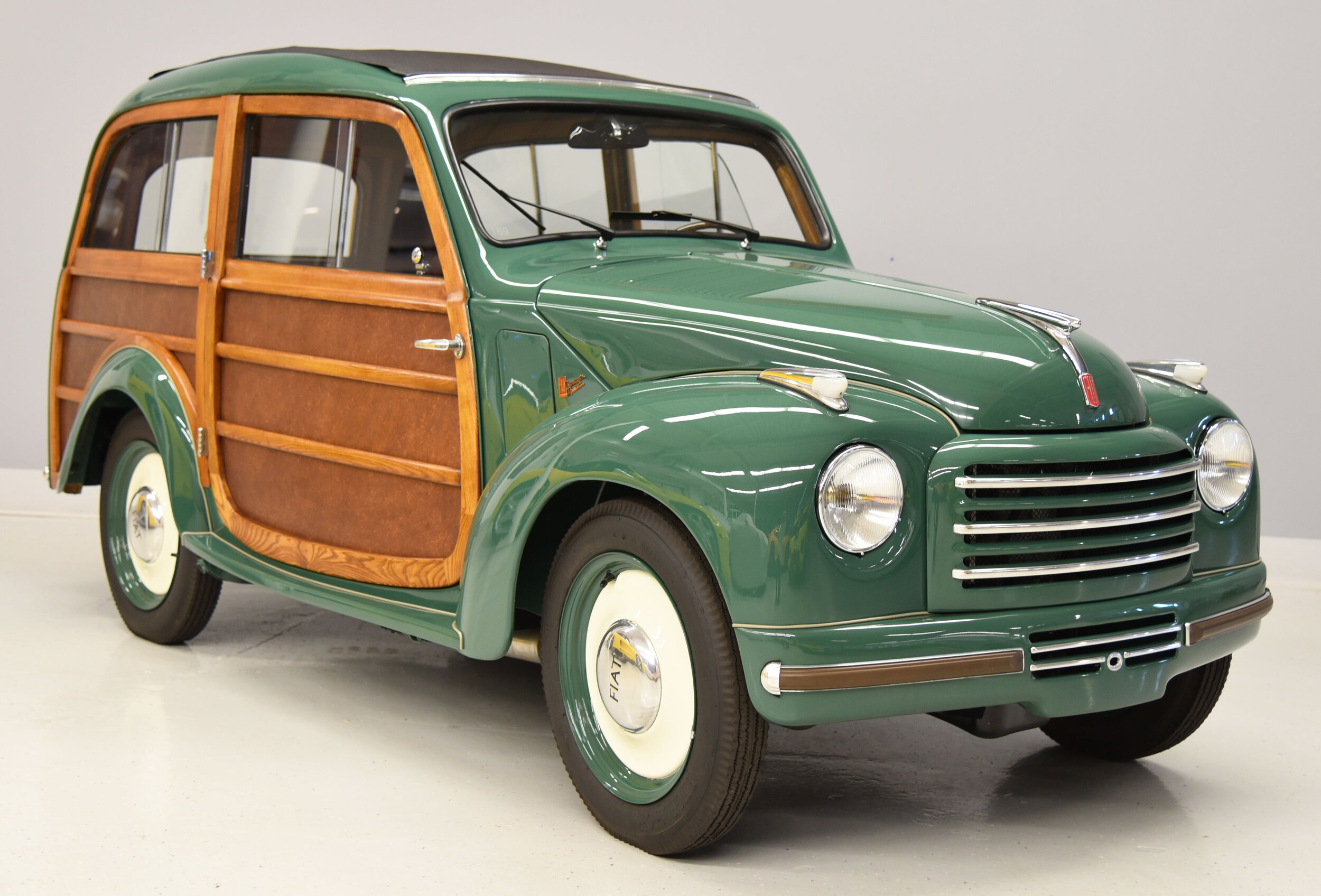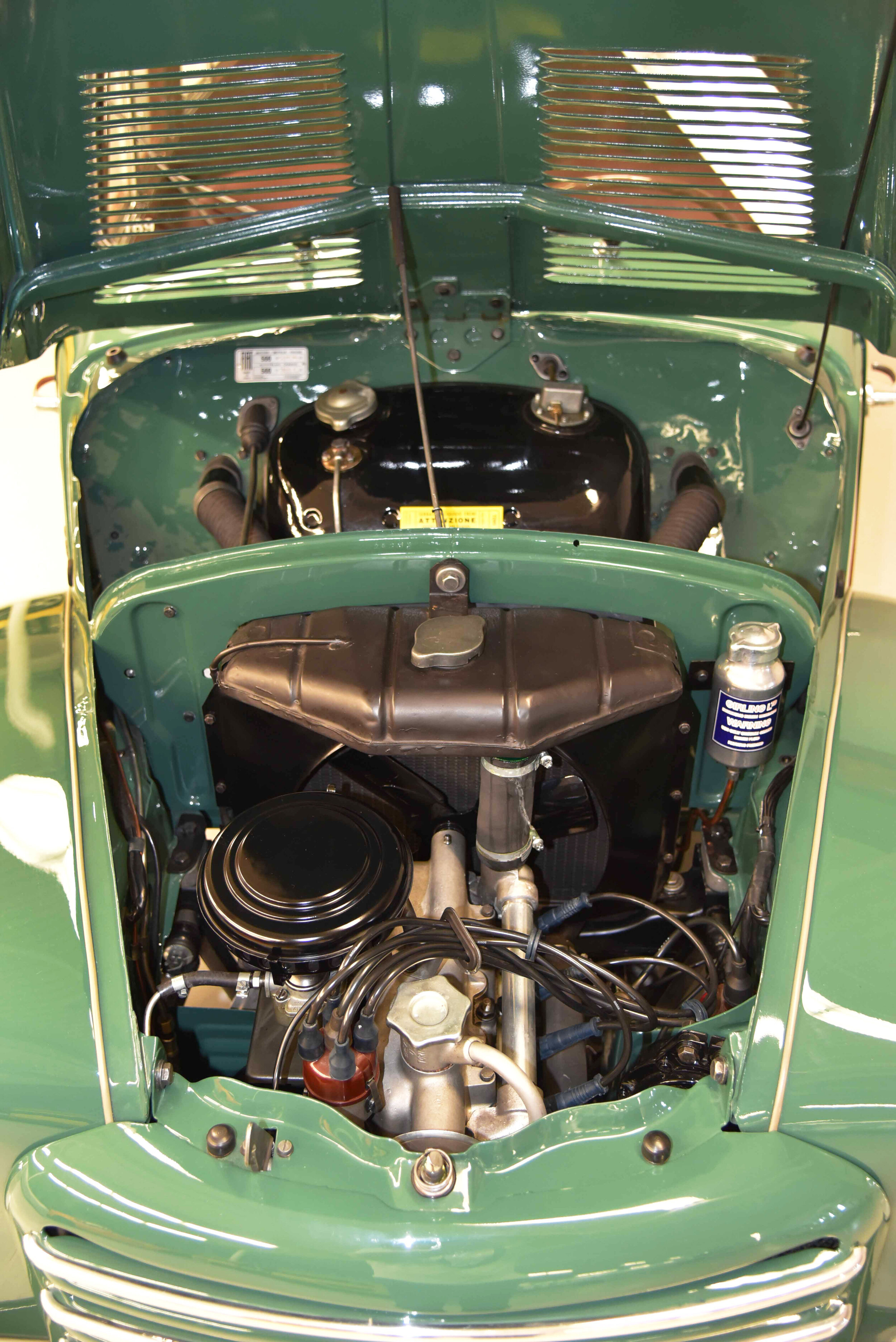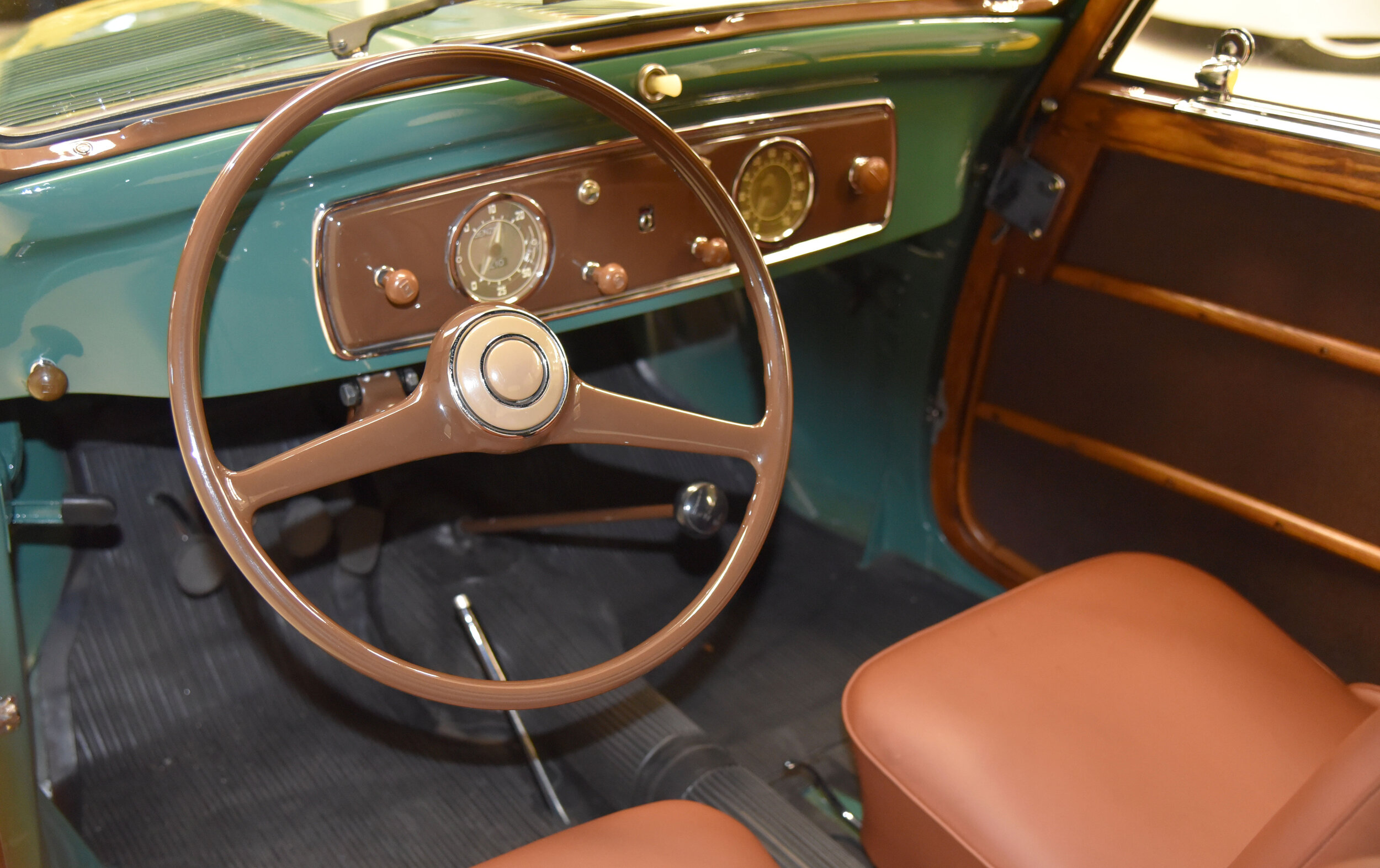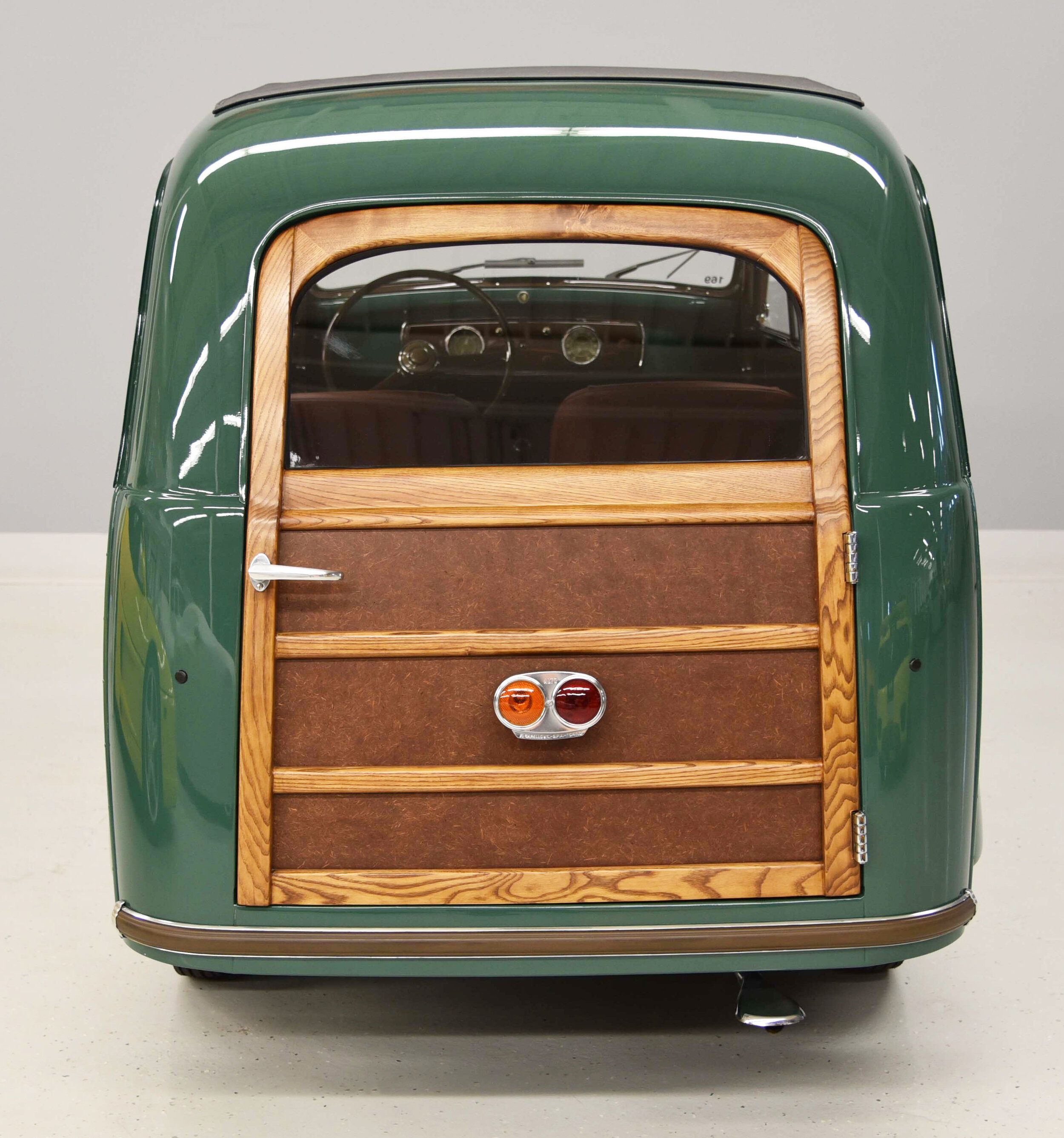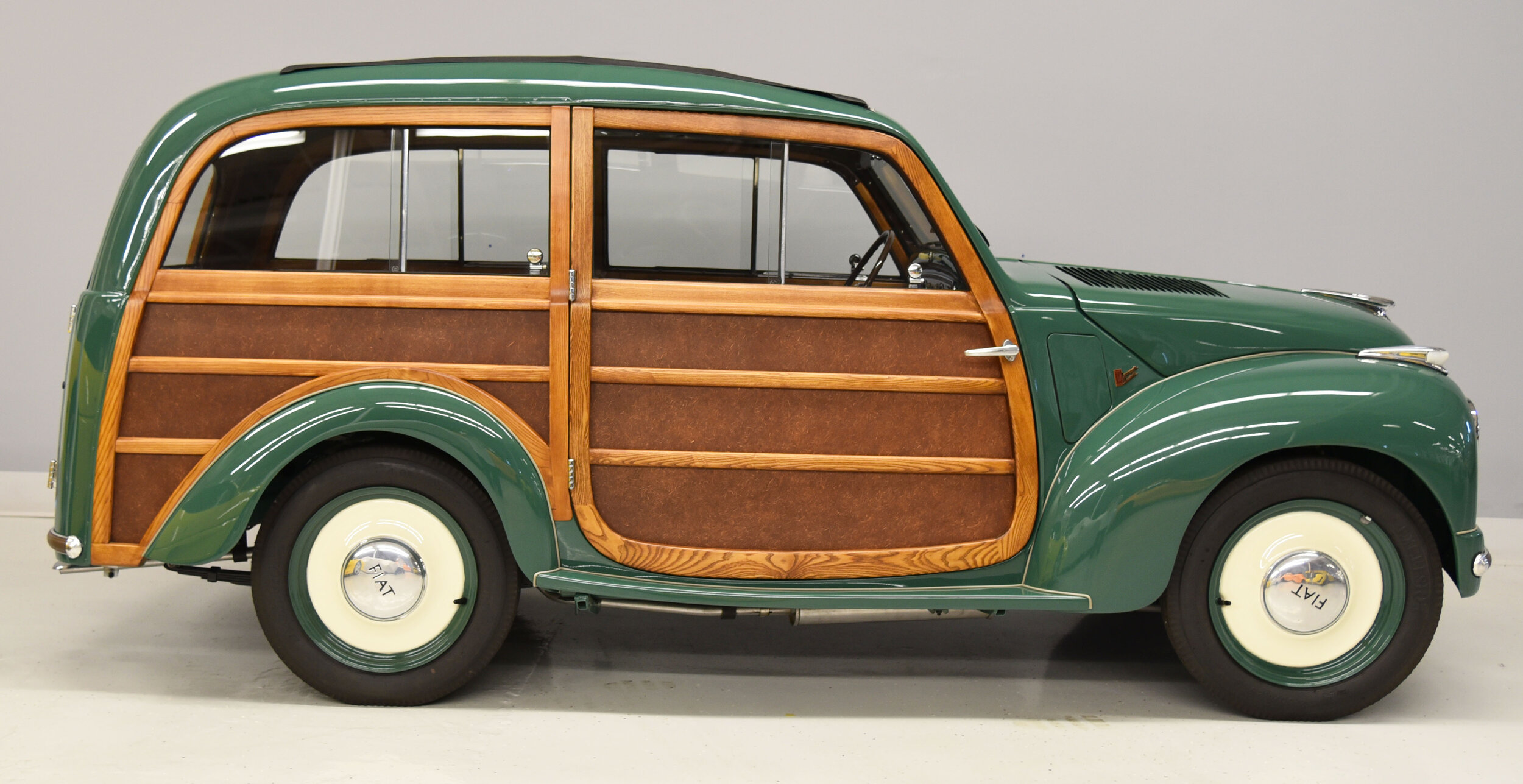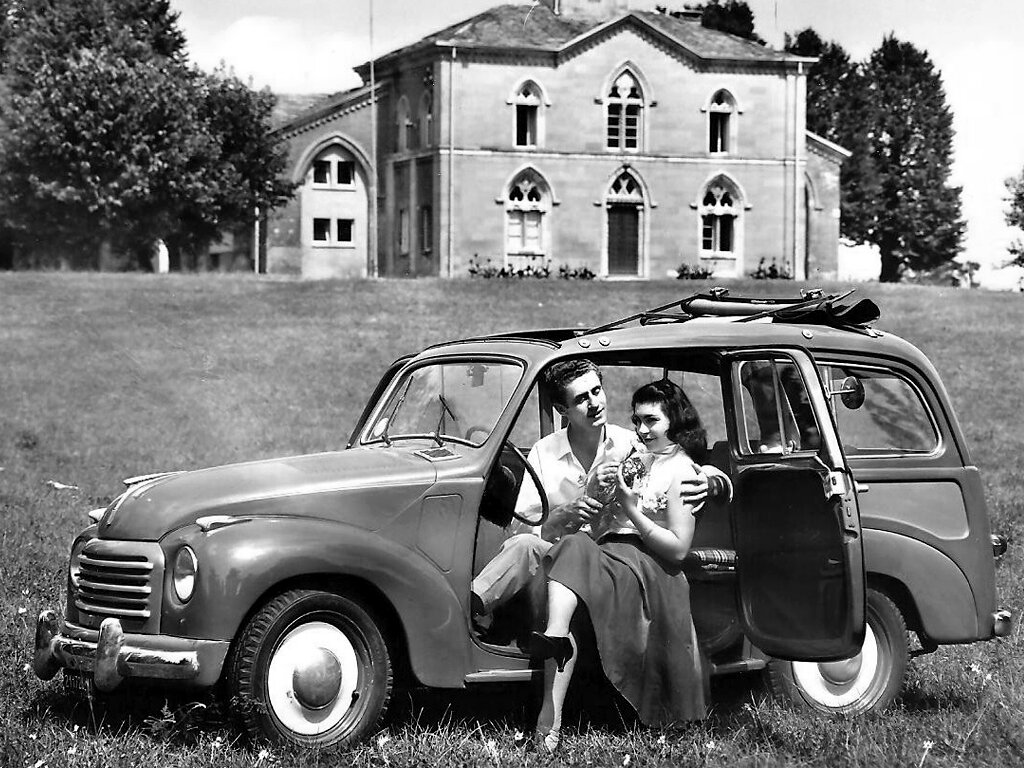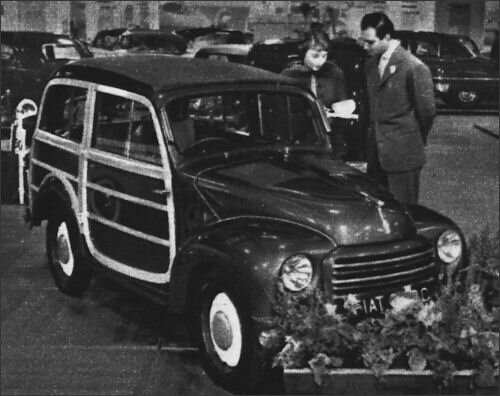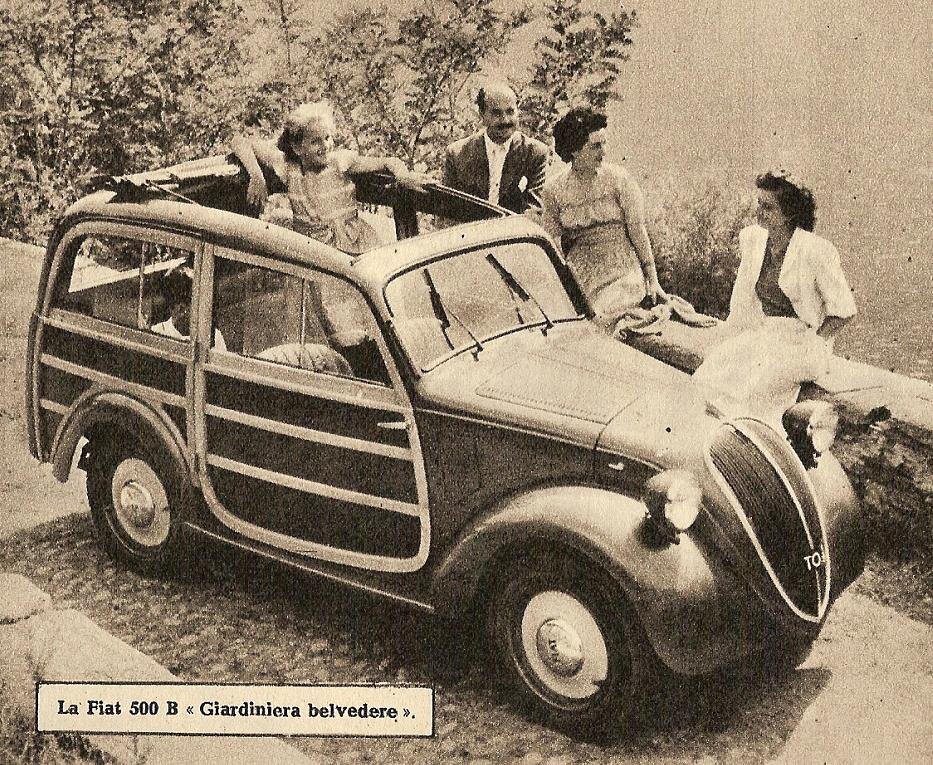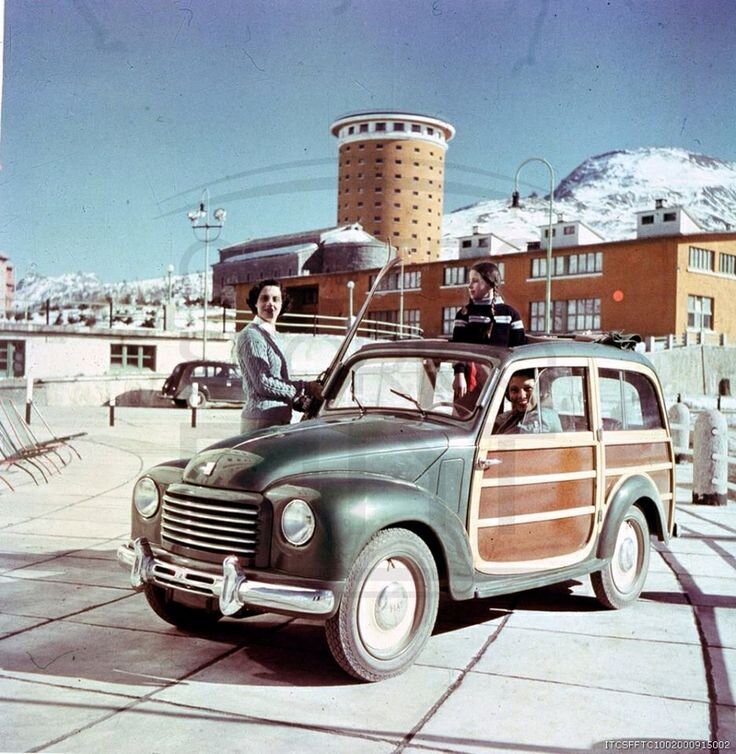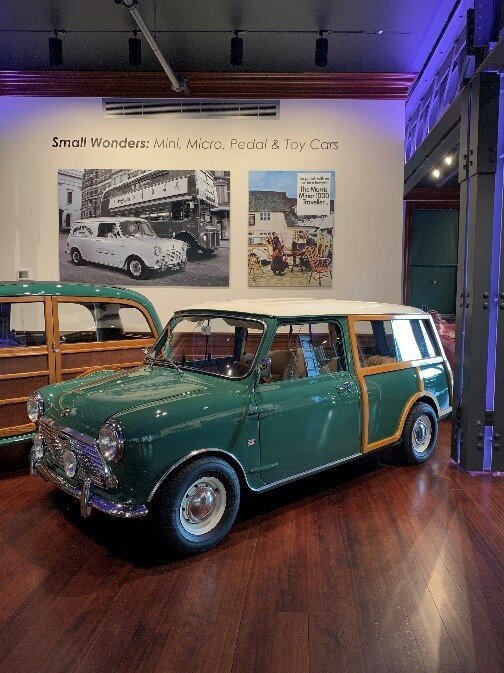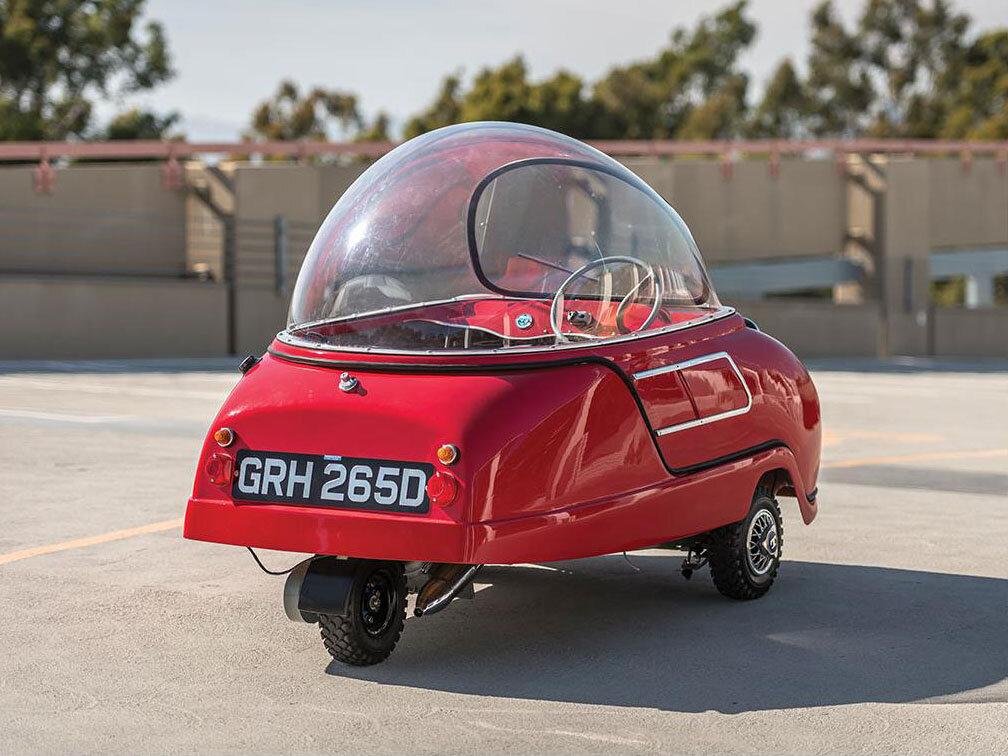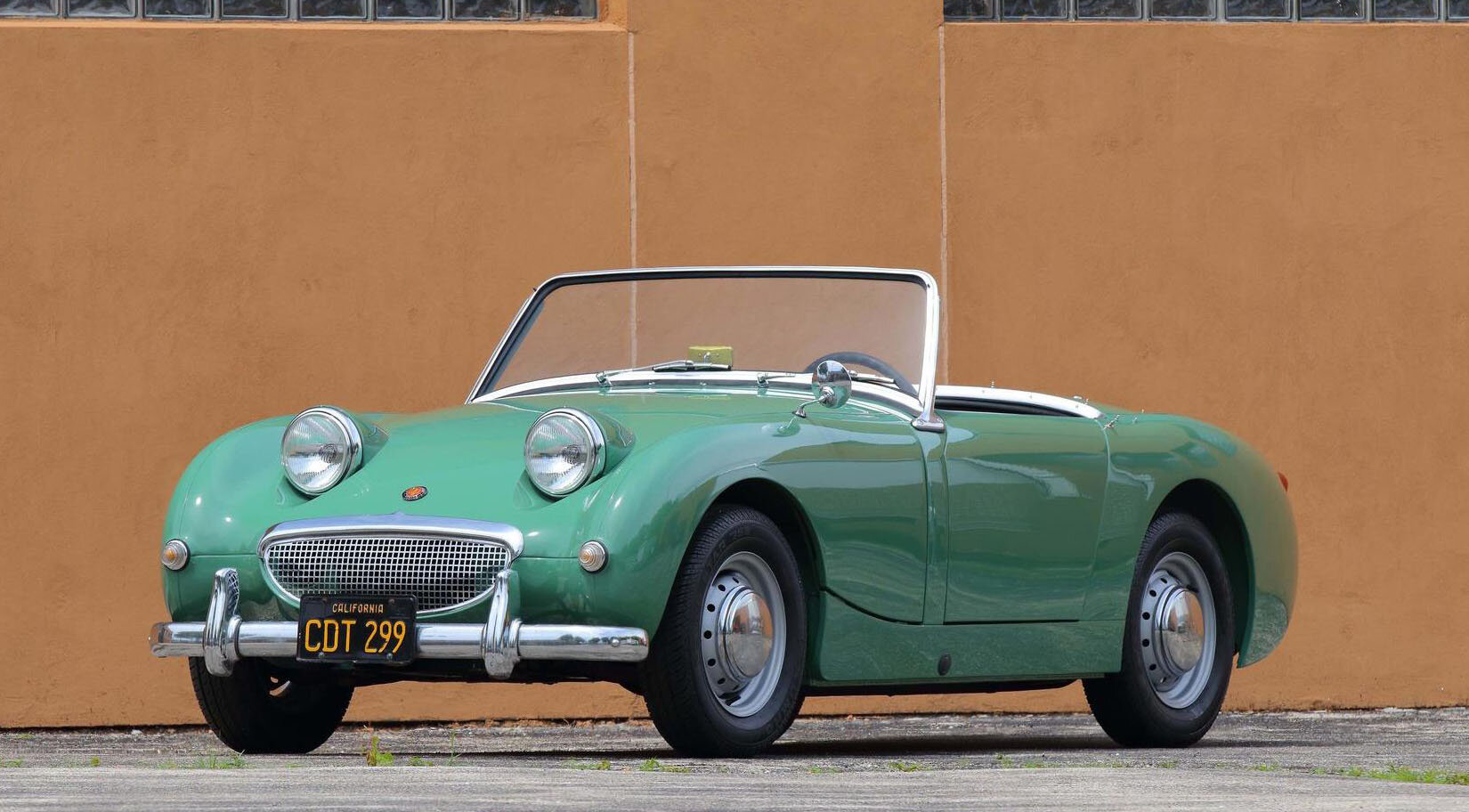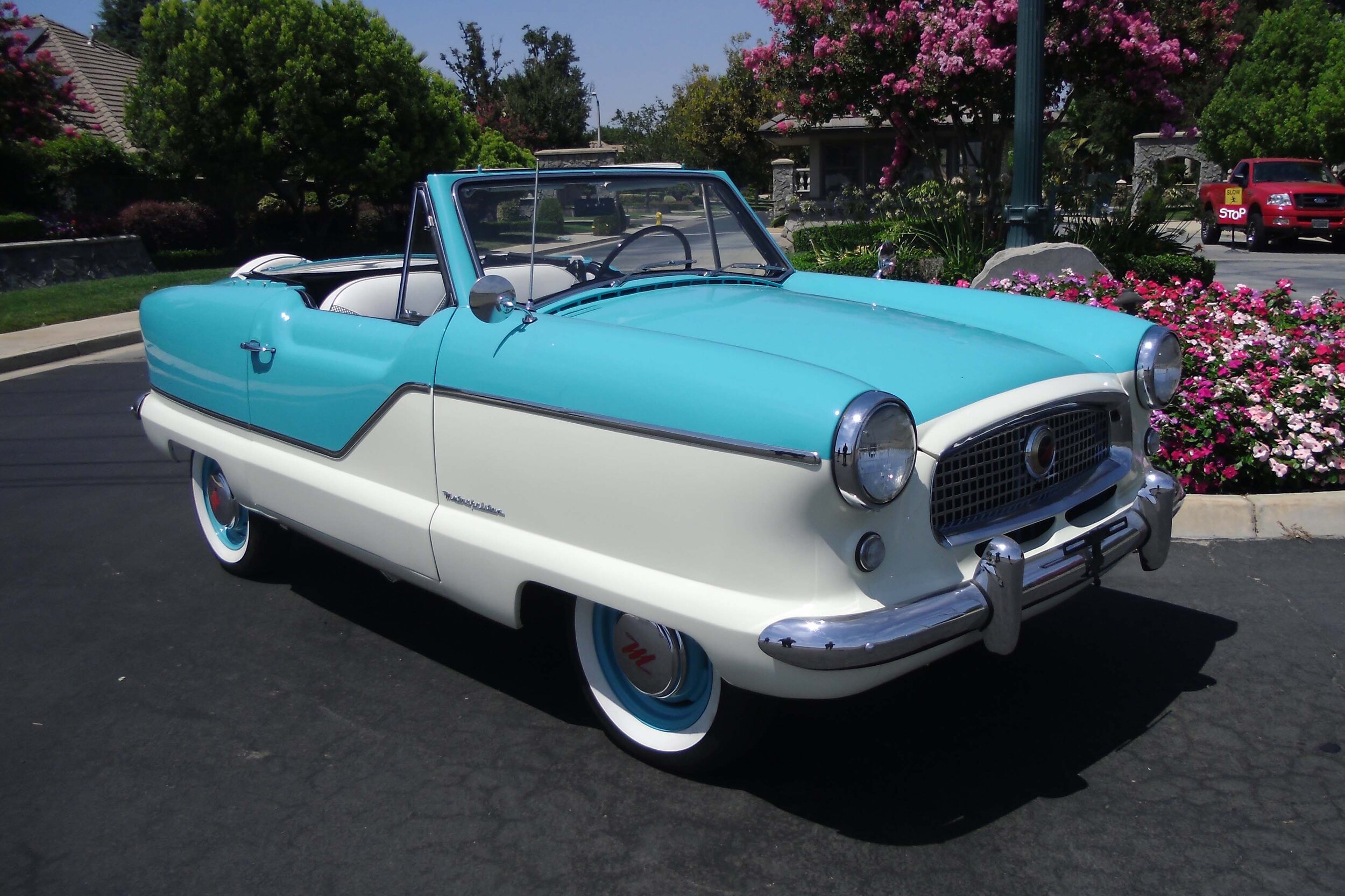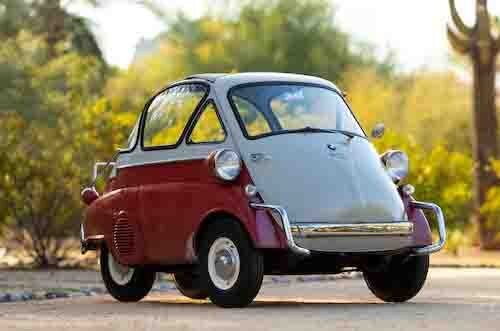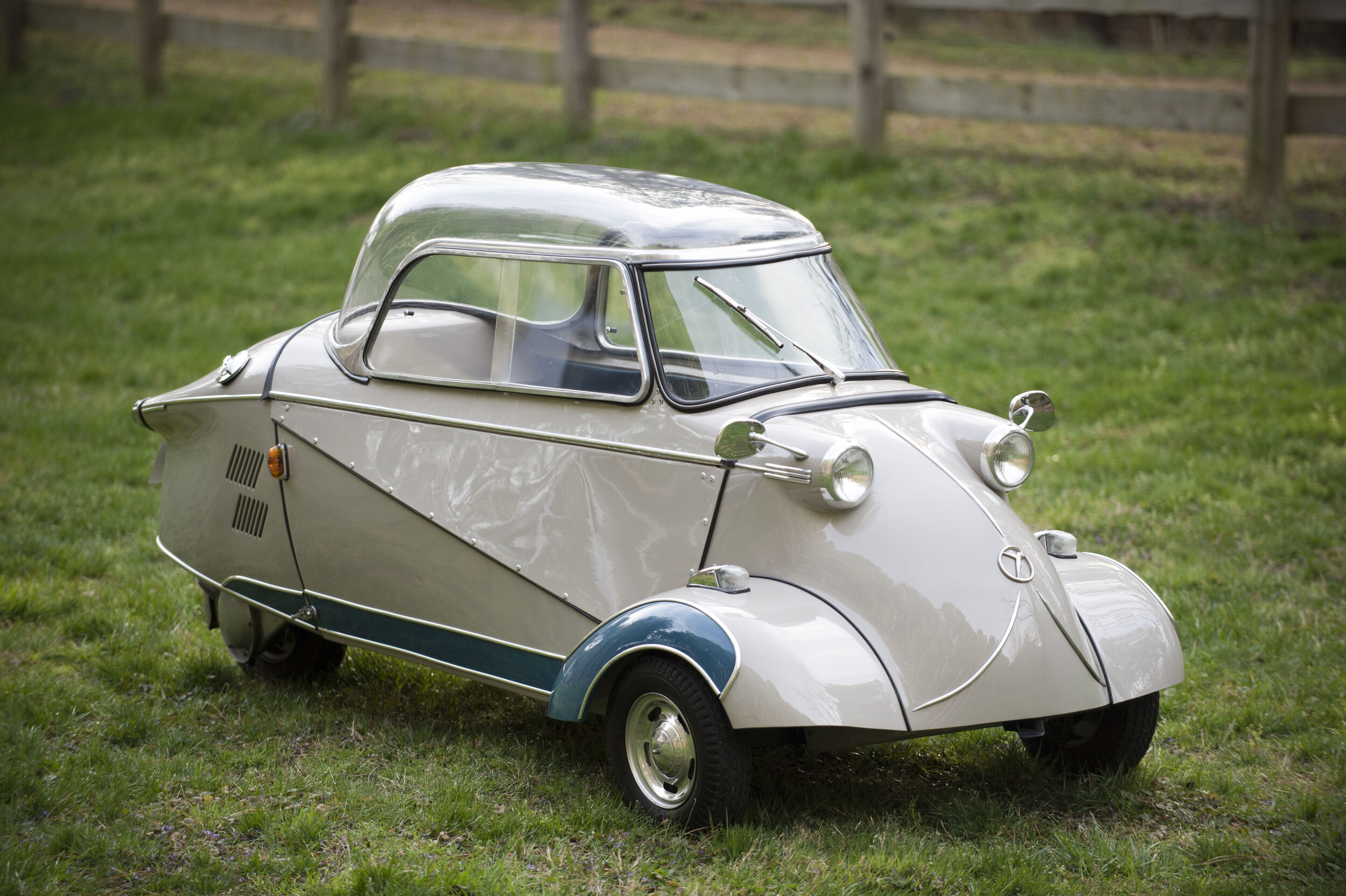1951 FIAT 500C Giardiniera
Specifications
Engine: 569 cc Inline-Four Cylinder
Horsepower: 16.5 @ 4,400 RPM
Torque: 22 lb-ft @ 2,900 RPM
Transmission: 4-speed manual
Top Speed: 53 MPH
Debuting in 1936, the original Fiat 500A Topolino - literally “little mouse” but soon interpreted as Mickey Mouse for the mouse ear-like headlamps on its front fenders - became Italy’s most popular car. Fiat had asked all members of its technical staff to submit their design proposals for a new small car, with the winning design forming the basis for a vehicle Fiat would support with its vast resources. The car would have to fulfill the needs of different consumers around Italy, while still being sold at a price low enough for the masses to afford. Engineer Dante Giacosa’s design took the crown and ticked all of the necessary boxes.
Giacosa marked out a rectangle 6.5 feet long by 3.5 feet wide, enough space for a small four-cylinder engine, two people and their luggage. While the 500 was quite small, it had a legitimate powerplant: a 570cc inline-four cylinder with side valves, a solid drive shaft, and a rear axle with a differential. The 500’s size may have been charming, but its engine was anything but. Just 13 horsepower was sufficient to make the car fun to drive and got owners anywhere they needed to go.
In 1948, Fiat announced the 500B and expanded the microcar’s capabilities with a practical, wood-sided wagon called the Giardiniera, or “gardener.” When the 500C was released in 1949 with a refreshed design, Fiat again offered the Giardiniera, but only for two years.
The automotive world evolved ever faster towards the end of the 1940’s, and the 500, which was developed more than 15 years prior, was in danger of being left in the past without necessary updates. Second and third hand owners of a 500 drove them very hard, to a point where the cars would literally fall apart. Featured improvements included semi-elliptical rear springs, an upgraded electrical system, and an overhead valve engine. Top speed for the 500C was now 60 MPH, though fruitful drivers often exceeded these limits. The 500’s chassis was stiffened as well, and racers were now regularly entering the car into races like the Mille Miglia.
The 500C Giardiniera was completed at the Lingotto factory by Carrozzerie Speciali, Fiat’s in-house coachbuilder. Some of these had real wood on the exterior, others had fiber board or stamped metal panels that could be painted in contrasting colors or treated in the manner of faux timber.


